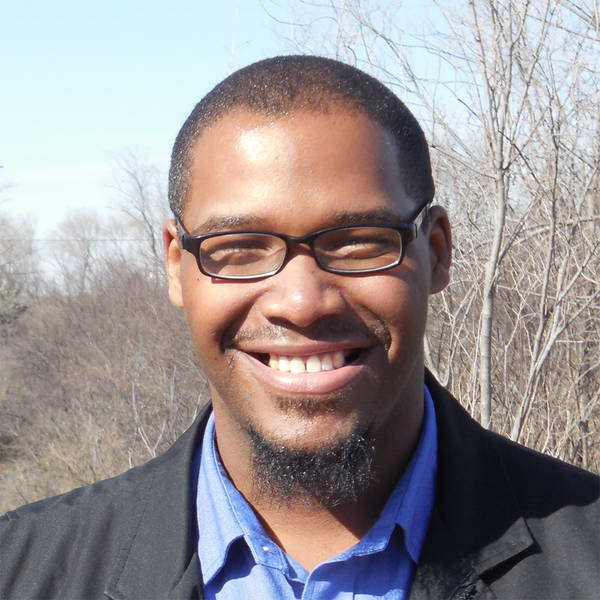A diverse group of advocates helps lobby for Chicago's first national park site.
Earlier this month, NPCA and its supporters met with members of Congress to discuss creating Chicago’s first national park in the Pullman Historic District, the first model industrial town where the famous Pullman sleeper train cars were manufactured. This group included an important constituent group that NPCA is excited to see advocating for national parks—Millennials.
Carina Ruiz and Bre’Shaun Spikes of the Student Conservation Association and AmeriCorps volunteer Molly Hannon all joined NPCA’s visit to Capitol Hill. These motivated young adults were interested in a number of benefits a national park would bring to Chicago, including educational programs for area youth and new career development opportunities in the conservation field. All three were, of course, also proud of the historic significance of the Pullman site and the positive attention a new park could bring their city.
“This trip allowed me to work with like-minded people to push for something we all felt passionately for,” said Spikes, who not only lobbied for the first time, but took his first airplane ride to get to Washington, D.C.—an experience he described as spectacularly new. “Pullman becoming Chicago’s very first national park would be an amazing accomplishment for my community and my nation,” he added, “and I would be so proud to have been a part of making it a reality.”
Few sites preserve the history of American industry, labor, and urban planning as well as Pullman. Once the largest employer of African Americans in the nation, it was the site of the famous Pullman Strike and progress toward modern labor rights for the African-American community. The convergence of these uniquely American stories of undisputed national significance makes Pullman worthy of national park status.
“From the beginning, the idea of Pullman being a national park appealed to me because it seemed different from the parks I had seen as a kid,” reflected Hannon. “Yet, to be honest, I didn’t know just how great of an idea it was until I spent two days in Washington D.C. with a group of people that seems to eat, sleep, and breathe Pullman.”
She added, “As an educator, I believe a park at Pullman would provide incredible opportunities for the youth of Chicago to step out of their classrooms and learn about the history of their own city and country in a real and tangible way. The Pullman experience highlights so much of what is great about American urban history, and we should show that to our nation and especially our young people.”
Engaging more people, including people of different backgrounds and ages, in America’s history is an important goal for any national park site.
Many in the conservation movement have expressed concern over how to keep youth connected with nature and some wonder whether national parks matter to Millennials. Many students may lack the budget and the ability to pack their bags at the end of a semester and travel across the country to our most well-known national parks. I believe expanding access to our parks and establishing new urban national parks such as the Pullman National Historical Park are key ways to keep our history and green spaces relevant to a new generation. Preserving important places in the heart of our nation’s cities, not just in distant forests and canyons, will help ensure millions of Americans—including Millennials—can experience national parks. Only after young people can get to and enjoy these places can they truly become advocates for them.
Perhaps Hannon summarizes it best. “My hope is that families would hop on the Metra line in the same way that my family squished into our minivan so that they too could see an important slice of our nation’s past and present.”
About the author
-
 LeAaron Foley Former Senior Outreach Coordinator
LeAaron Foley Former Senior Outreach CoordinatorAs Senior Outreach Coordinator for the Midwest Regional Office, Lee worked on developing relationships with community, civic, and business partners in many of this region's great national parks.